 June is over (summer is going by so quickly!!), and so is the June Forum: Making Your Vocation A Vacation topic. Thanks for all the thought-provoking comments, all! Here’s a summary of your comments, along with some thoughts of my own mixed in:
June is over (summer is going by so quickly!!), and so is the June Forum: Making Your Vocation A Vacation topic. Thanks for all the thought-provoking comments, all! Here’s a summary of your comments, along with some thoughts of my own mixed in:
- Teach only when you want to. Don’t overdo it. Only schedule yourself what you can easily handle each day/week. If needed, schedule yourself an occasional 15-minute break so you can chill out for a bit and perhaps get a bite to eat.
- Teach only who you want to. Whenever possible, accept only the students who are motivated and hardworking. I’d like to also add: only teach the levels/ages you are comfortable with. For example, if teaching adult students isn’t your forte, don’t feel as if you have to accept them into your studio. Recognize the areas where you shine and make those your focus! Same goes with styles of music: if you aren’t comfortable teaching jazz, recommend those students to another teacher who is comfortable doing so.
- Be firm on your business procedures. As teachers and musicians, we often don’t like to think about the financial side of things. We like to focus on passing our passion for music on to our students. The reality is, there will always be parents/students who show up late, don’t show up at all, don’t pay on time, etc.. Everyone handles these situations differently, but I would recommend never allowing yourself to be stepped over. It will stress you out. (I know from experience!) Write up some Studio Policies and stick to them. (This is an area I personally need to work on — so I’ve been brainstorming some ways to make “the business end of things” run more smoothly and efficiently.)
- Keep it fun and fresh by varying up each lesson, and tailoring lessons to each individual student. Be on the lookout for new music books or games to try with students. Try to discover each student’s interests, strengths, and weaknesses so you can personalize their lessons to their individual needs. Attend local/state/national music teaching conferences so you can continue your own education as well as network and exchange ideas with other teachers.
- Find ways to make sure your students are making progress. When students are making progress, students are having fun, and when students are having fun, the teacher is having fun! Decorate your studio, create an incentive program, keep communication open with parents to keep them involved, have a practice requirement — in short, find ways to keep students engaged and motivated to develop their skills at the piano and excited about lessons!
All these ideas above are part of being an effective, successful teacher — and that’s when teaching becomes a vacation rather than a vocation. Great thoughts, everyone!
Stay tuned for the introduction of the July Forum topic, coming later this week!



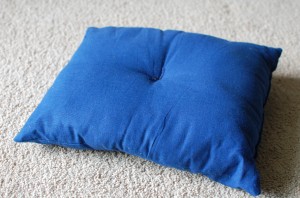
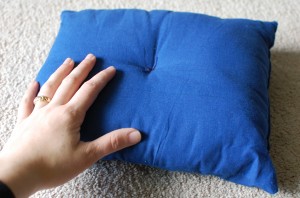
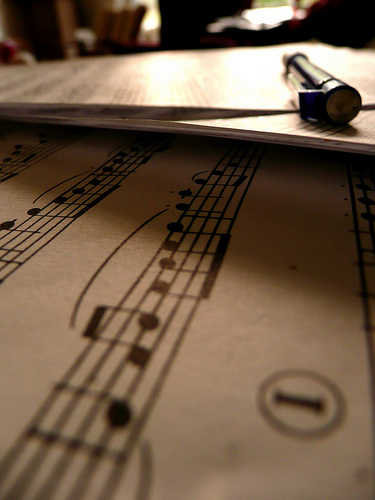
 I was talking to a parent after teaching a lesson yesterday, and she told me that her older daughter (who plays a few different band instruments, but is not currently taking piano lessons) is attending a band camp for high schoolers this week. Upon arrival, the camp gave her daughter a theory placement test, and she scored a 2B (I’m not sure what leveling system they were using, but her mother had expected her to score higher). Her mother was a little perturbed because she has paid for many years of lessons for her daughter, but only a few of her daughter’s past teachers taught theory as component of taking private lessons. She wondered, shouldn’t my daughter have gotten more theory training than this? What have I been paying all this money and time for?
I was talking to a parent after teaching a lesson yesterday, and she told me that her older daughter (who plays a few different band instruments, but is not currently taking piano lessons) is attending a band camp for high schoolers this week. Upon arrival, the camp gave her daughter a theory placement test, and she scored a 2B (I’m not sure what leveling system they were using, but her mother had expected her to score higher). Her mother was a little perturbed because she has paid for many years of lessons for her daughter, but only a few of her daughter’s past teachers taught theory as component of taking private lessons. She wondered, shouldn’t my daughter have gotten more theory training than this? What have I been paying all this money and time for?
 Your hands are cold and shaky, your heart is racing, and you find it hard to breath. Are you sick? Are you having a nightmare? No, you’re about to play your instrument in a recital, and the symptoms you are experiencing are due to performance anxiety — better known as stage fright.
Your hands are cold and shaky, your heart is racing, and you find it hard to breath. Are you sick? Are you having a nightmare? No, you’re about to play your instrument in a recital, and the symptoms you are experiencing are due to performance anxiety — better known as stage fright.
 Today’s post is in answer to a question I received from a reader via email:
Today’s post is in answer to a question I received from a reader via email:
 Many of you may remember being required by your piano teachers growing up to practice a certain amount of minutes each day/week. Perhaps your requirement looked something like this:
Many of you may remember being required by your piano teachers growing up to practice a certain amount of minutes each day/week. Perhaps your requirement looked something like this: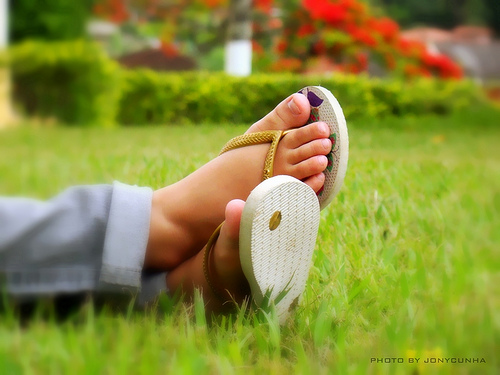
 As mentioned yesterday, a new series is being introduced here at Color In My Piano: a monthly forum of sorts, where readers put their heads together a discuss various topics. The success of this series depends on YOU, so please, type away!
As mentioned yesterday, a new series is being introduced here at Color In My Piano: a monthly forum of sorts, where readers put their heads together a discuss various topics. The success of this series depends on YOU, so please, type away!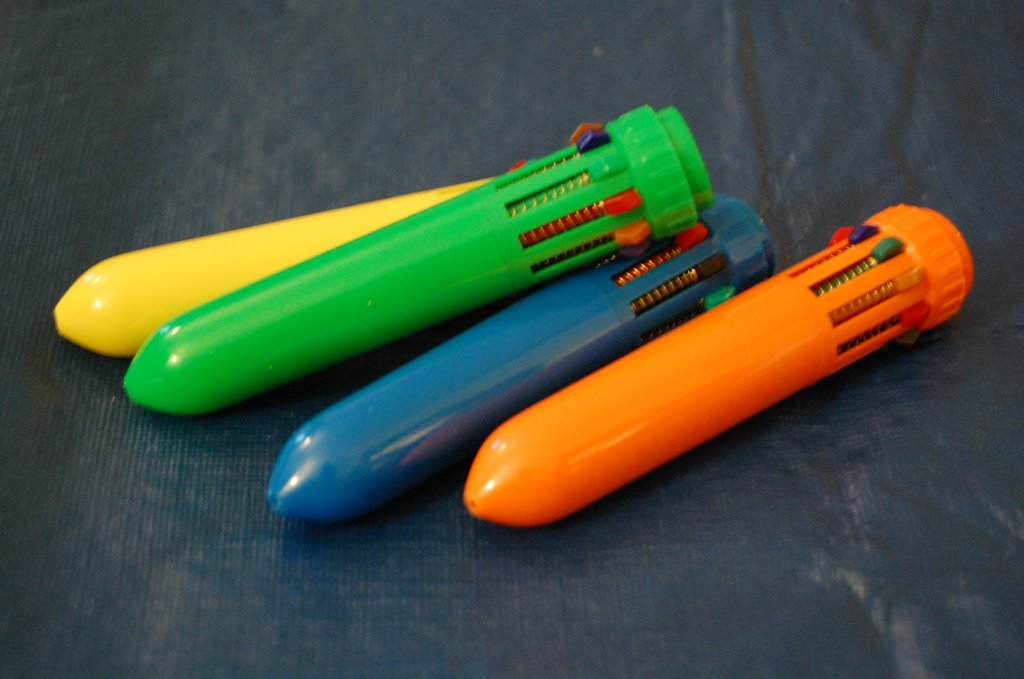
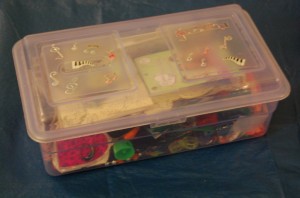
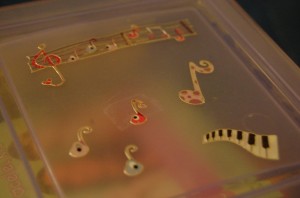


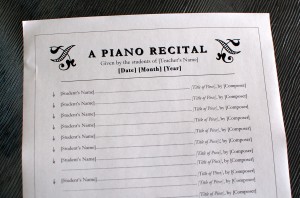 Today’s free printable is a another template of a piano studio recital program, for listing students’ names and pieces.
Today’s free printable is a another template of a piano studio recital program, for listing students’ names and pieces.
